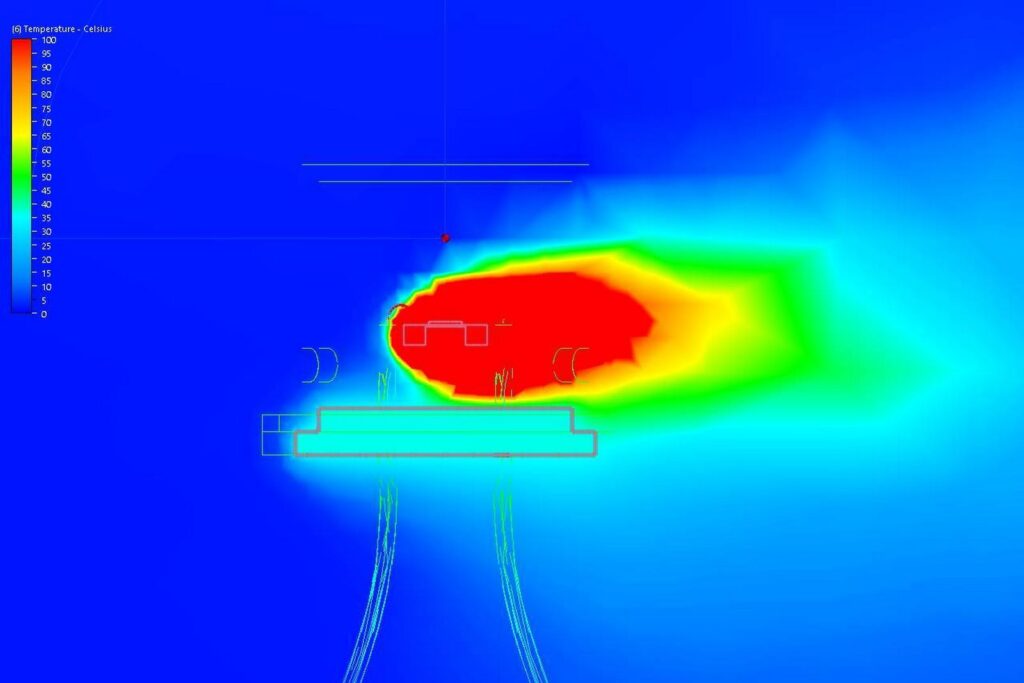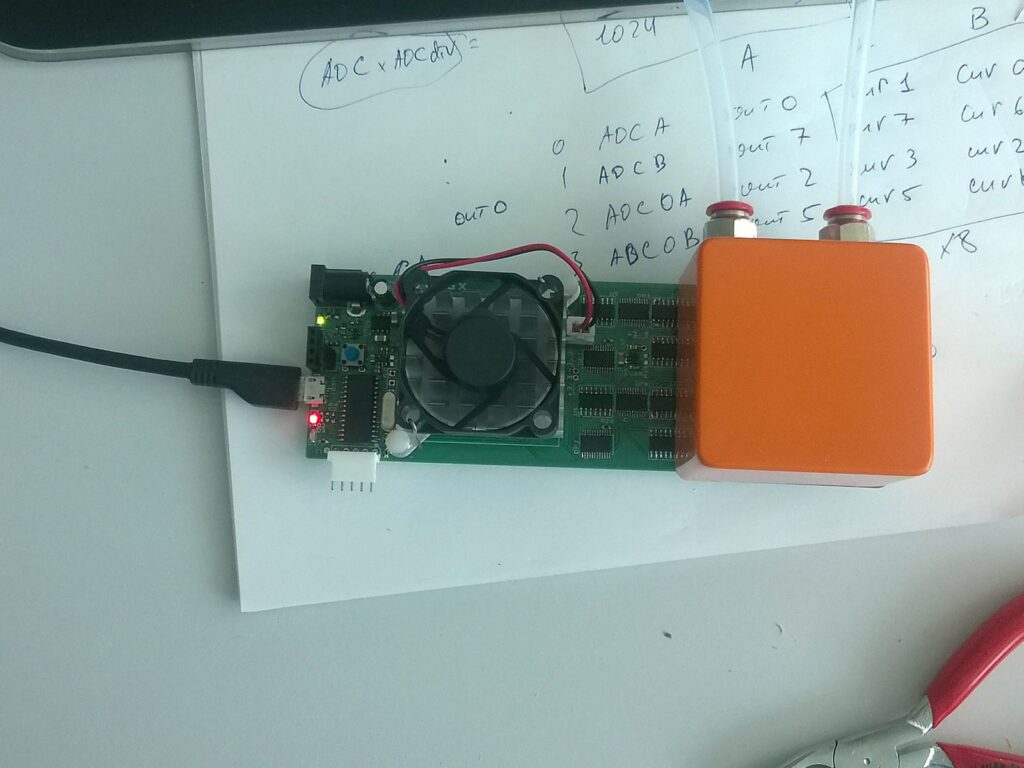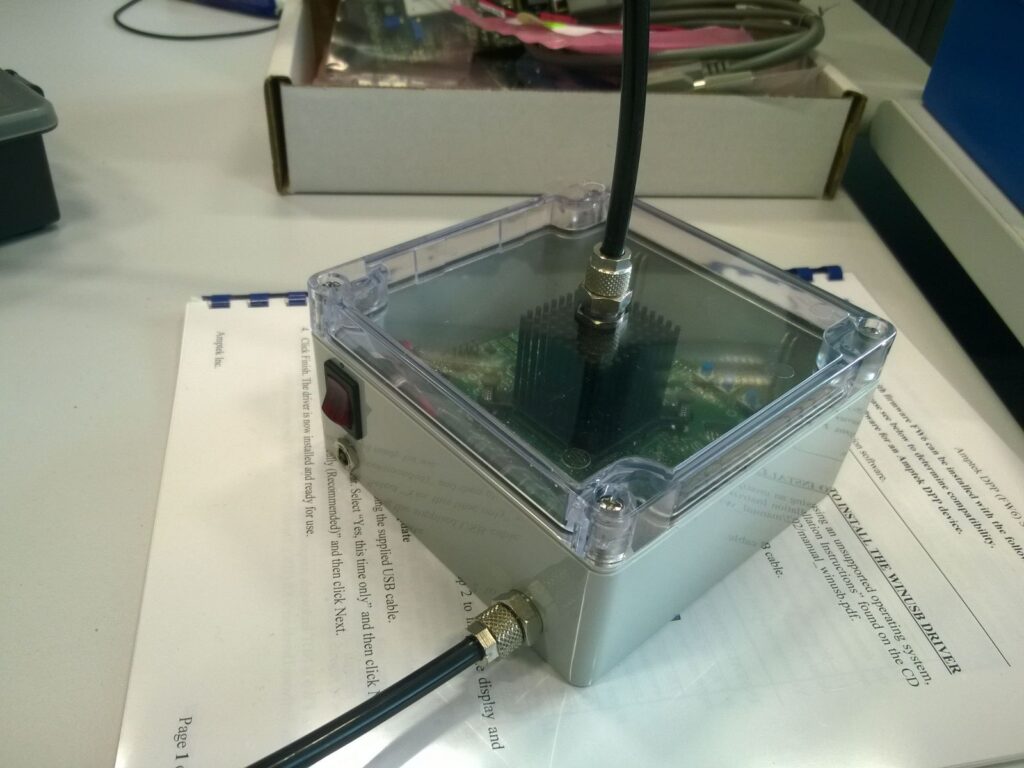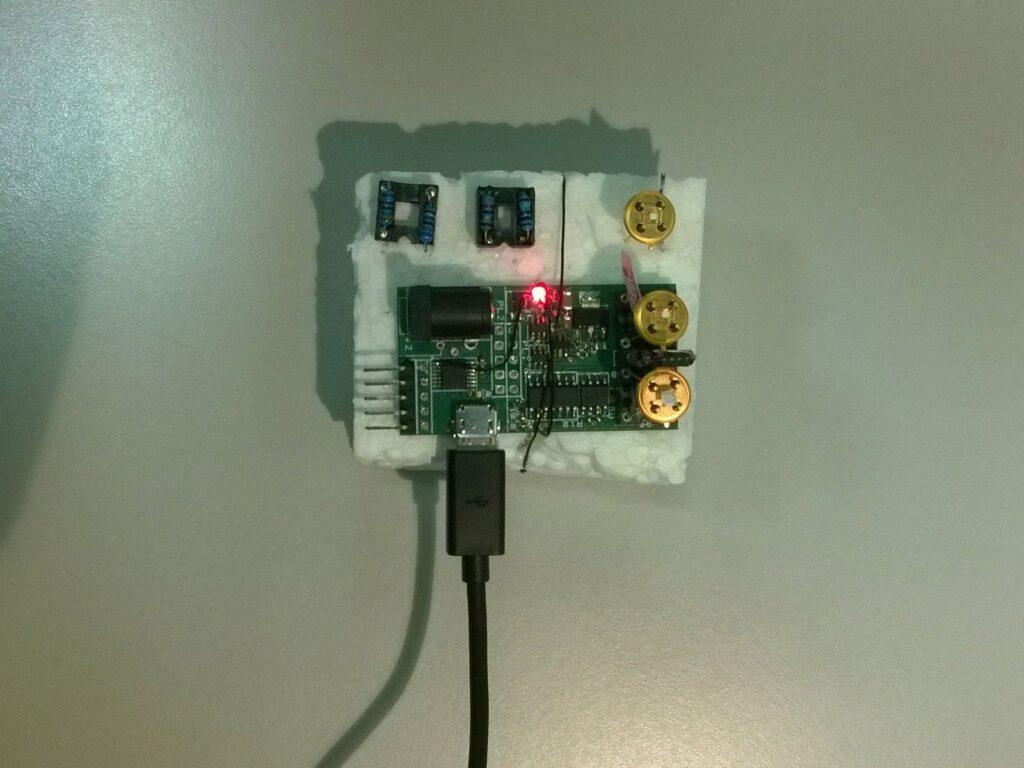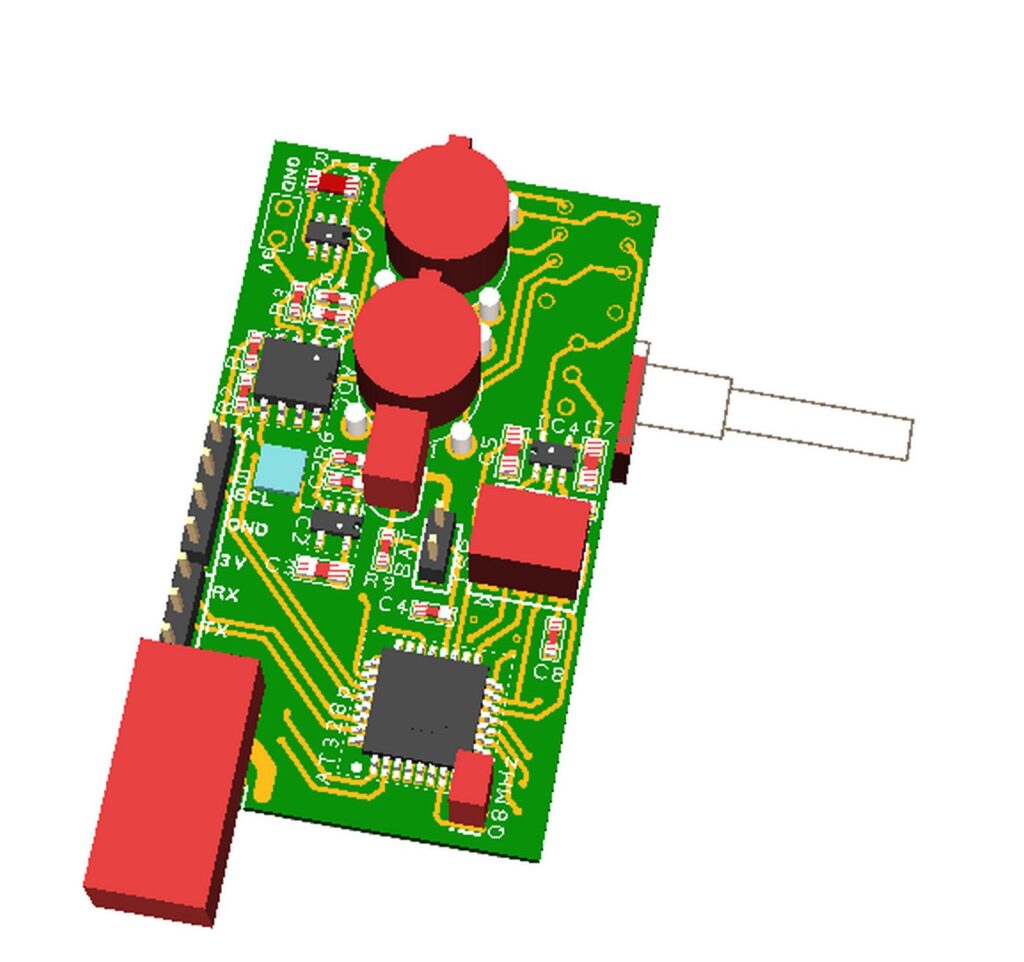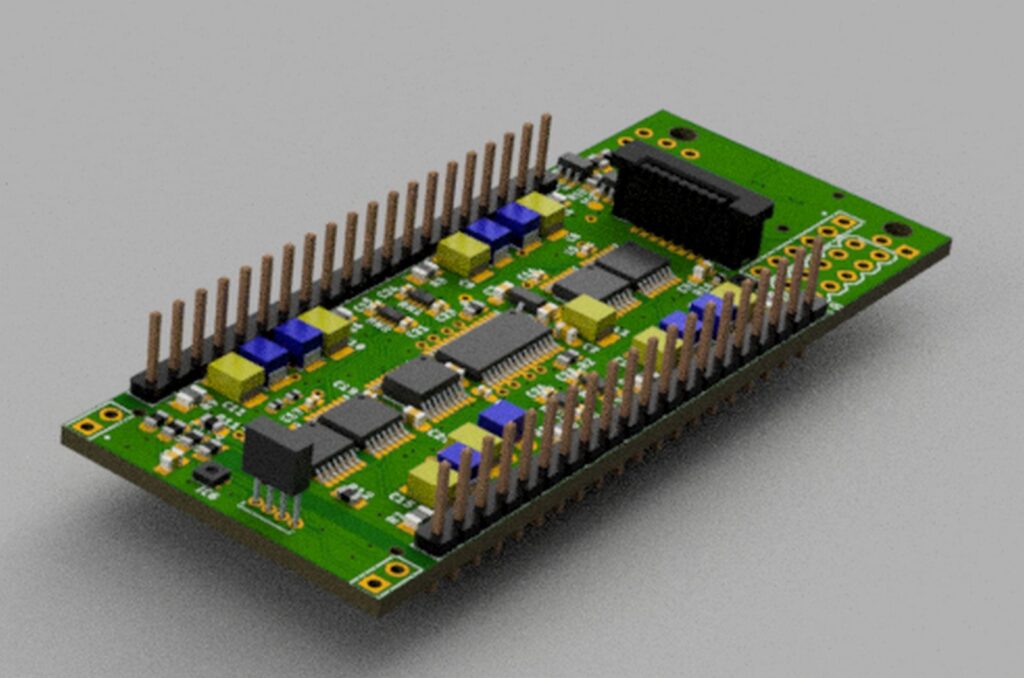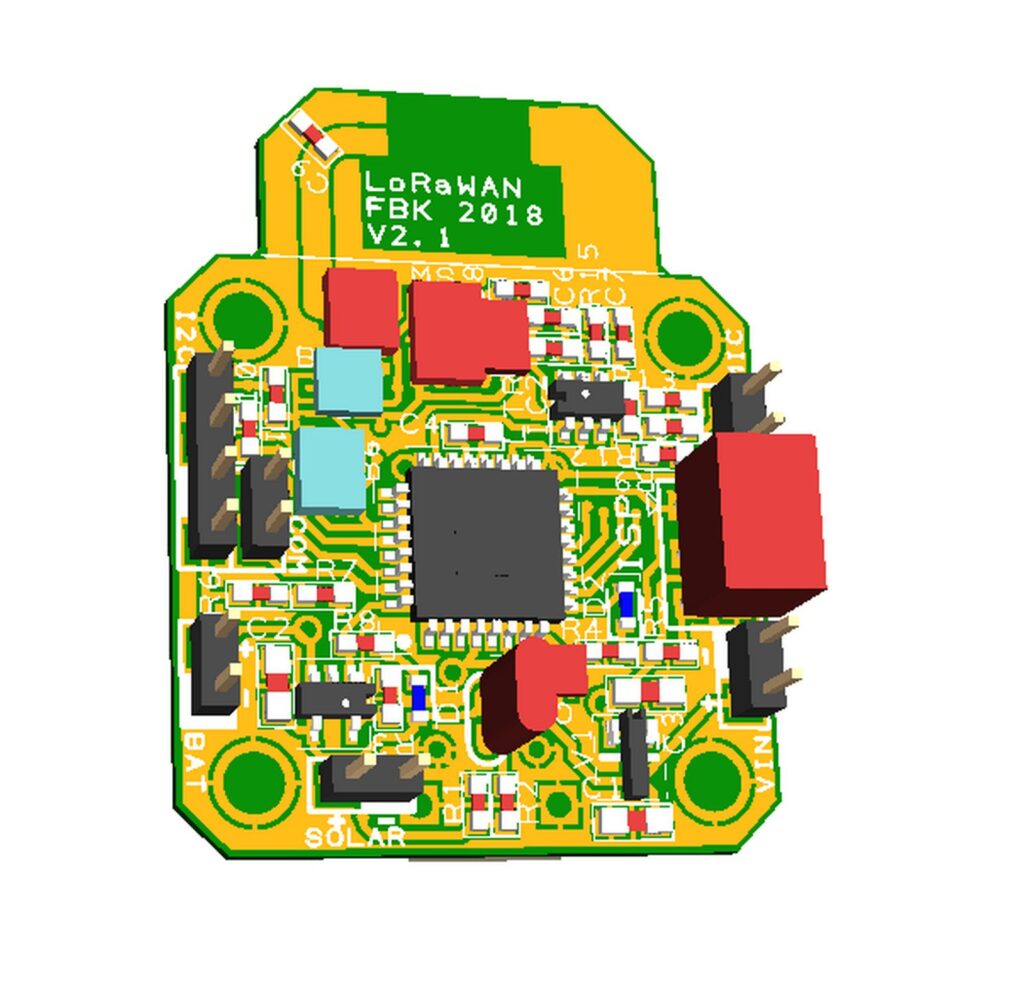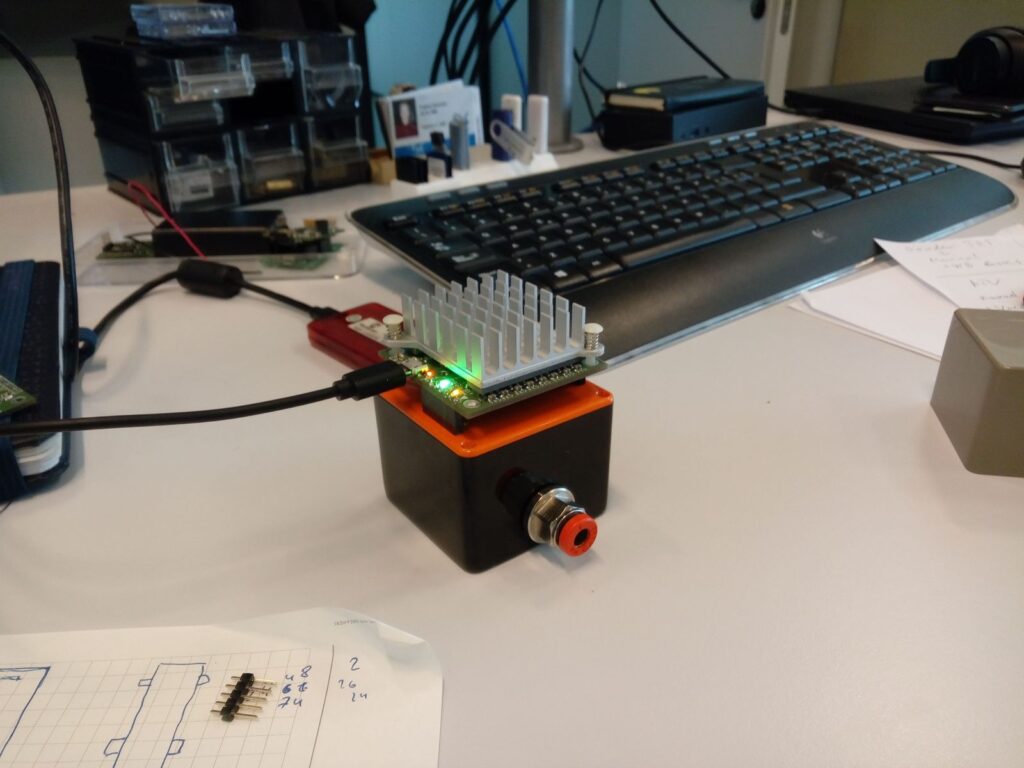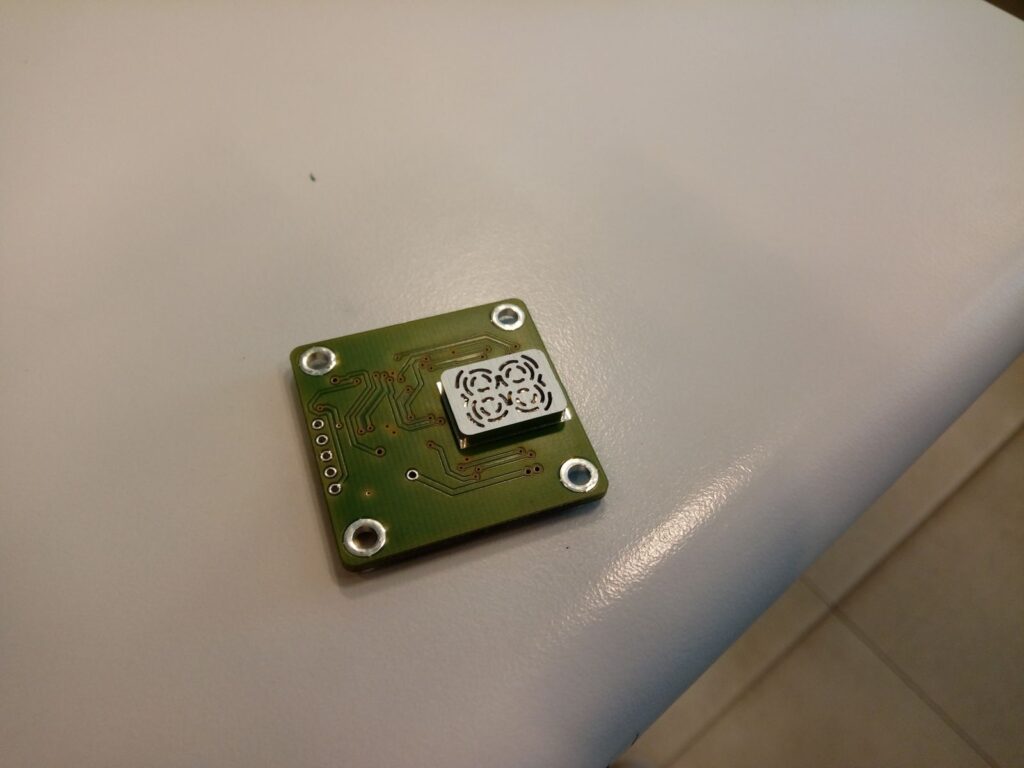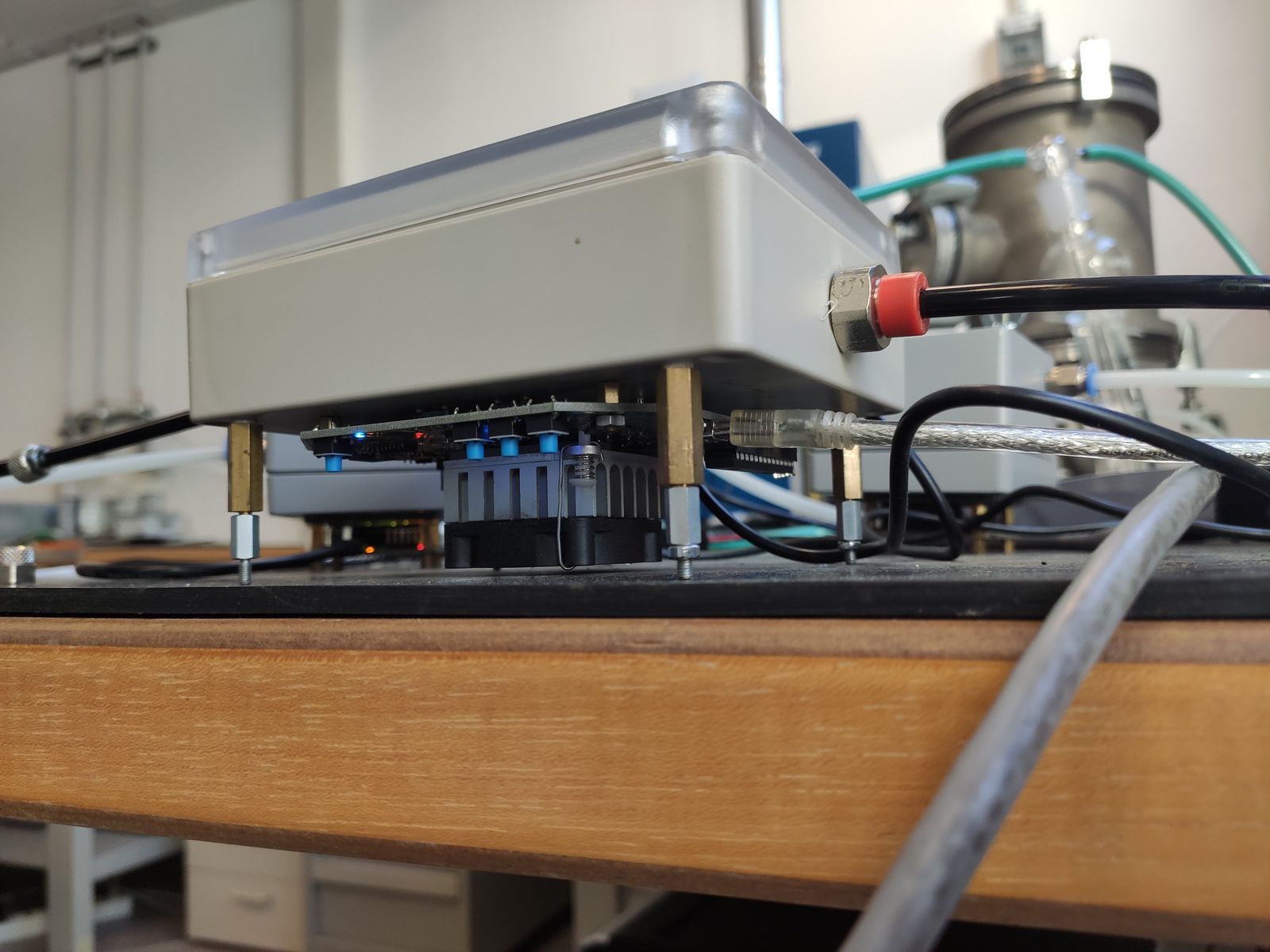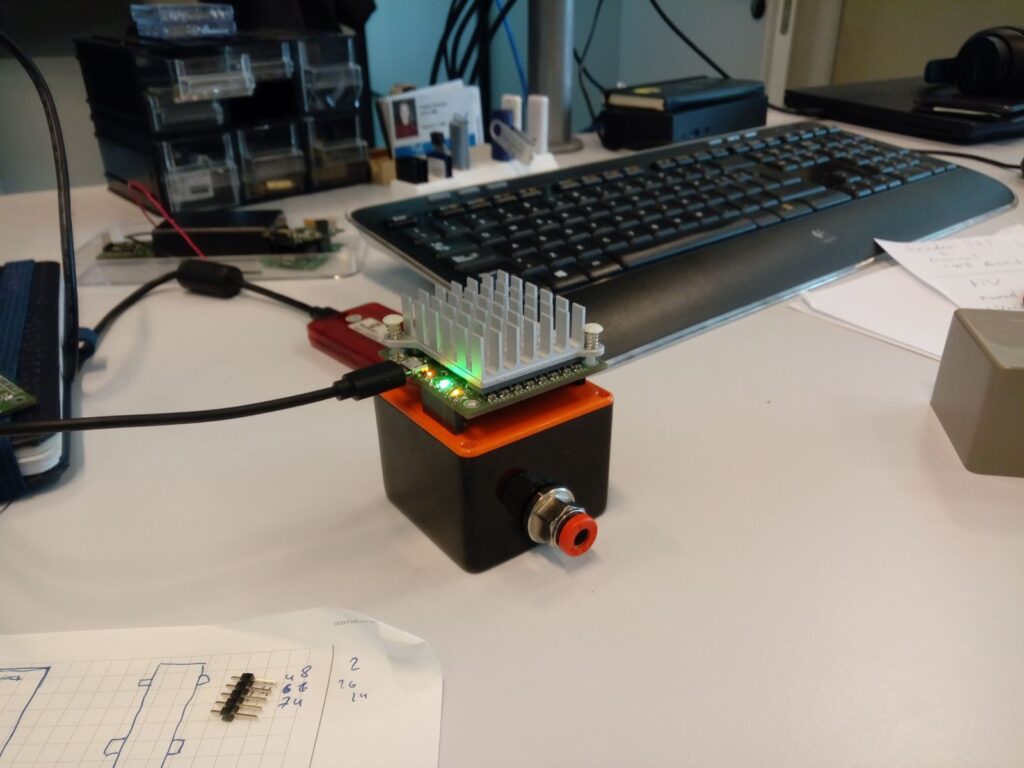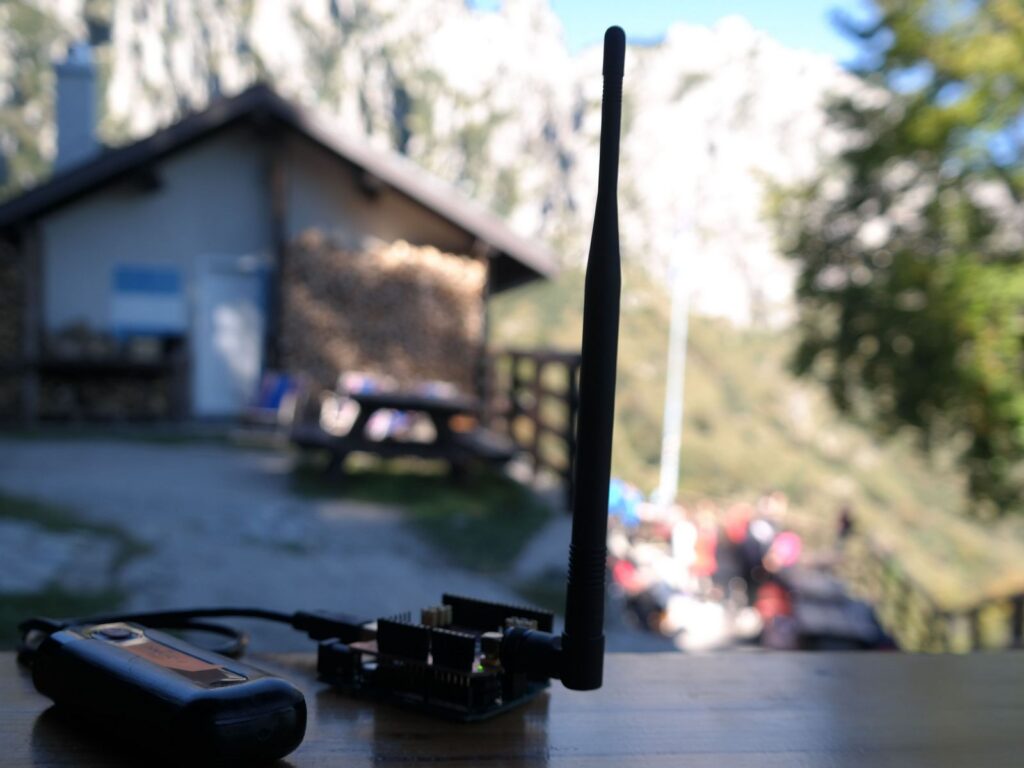Multiple generation of readout electronics for gas sensors.
Through my involvement in various gas sensor projects, I have developed a substantial number of diverse electronic systems for operating gas sensors. These systems serve a wide range of applications, including research on different gas sensing materials and specific user-case scenarios that require gas sensing functionality. Some of the latter cases are presented as separate projects:
While most of the systems share a common operational logic, the hardware has evolved over the years from 8-bit microcontrollers to IoT solutions managed by a small computer, such as the Raspberry Pi. The primary function of these systems is to control the functionality of gas sensors located in an isolated chambers, with a gas line passing through, and provide access to sensor readings. The choice of communication protocols varies, ranging from serial ports to WiFi, depending on the specific application.
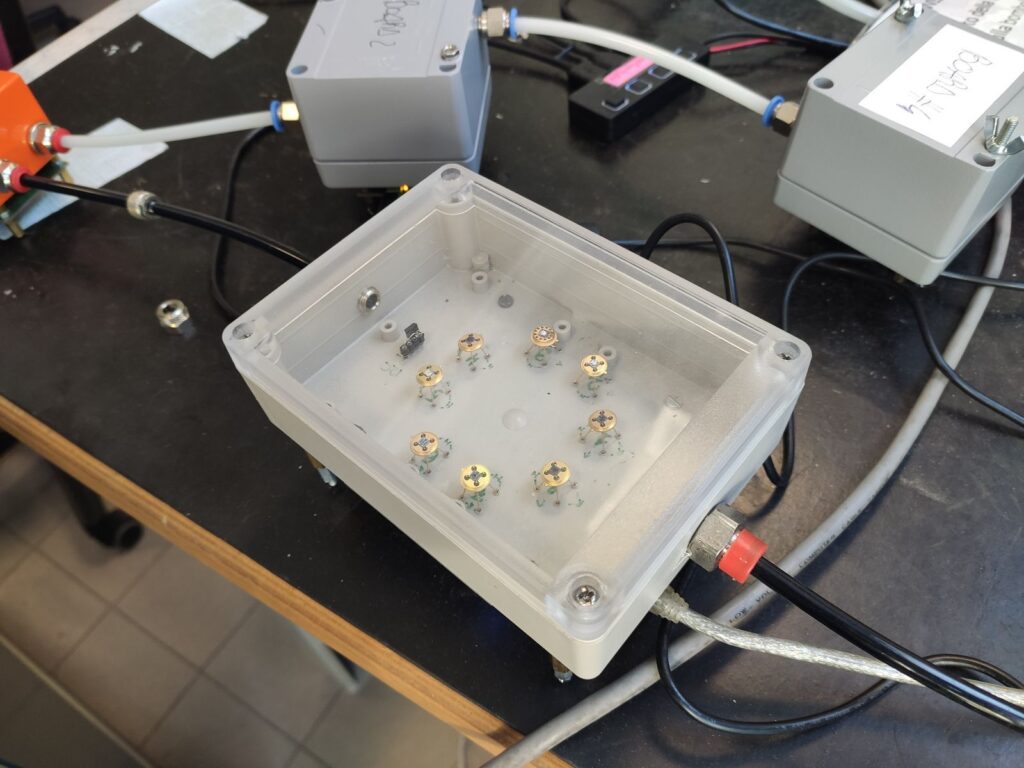
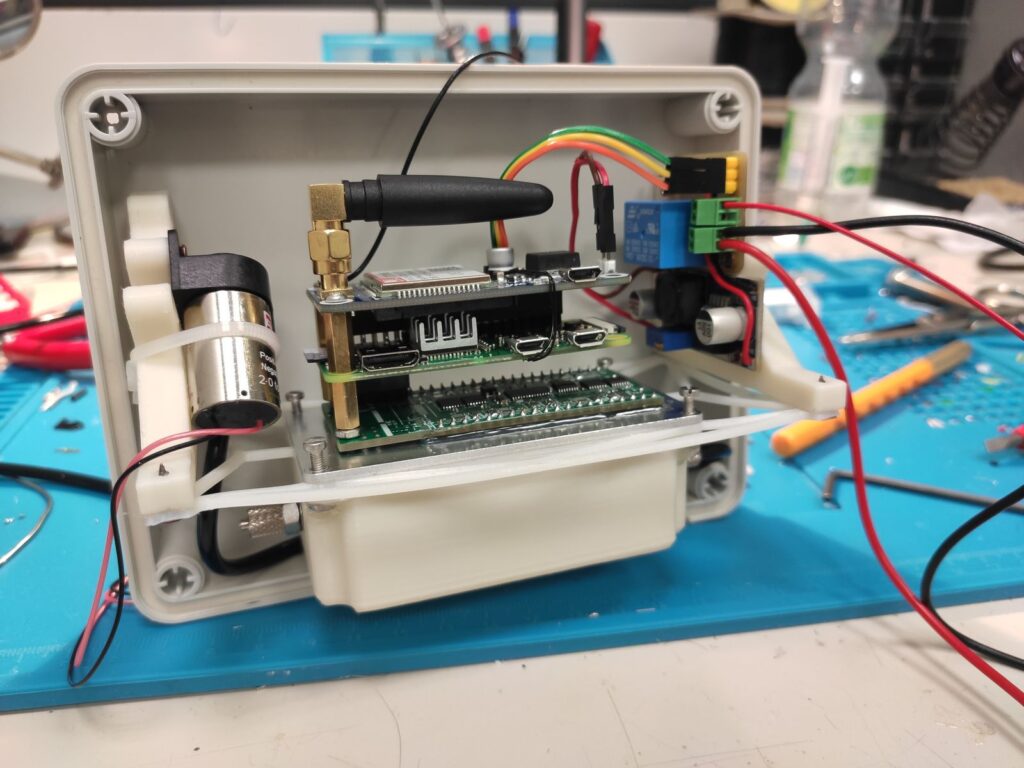
Main systems used in laboratory experiments can accommodate up to 8 sensors connected to the same gas line. Given that these sensors operate at very high temperatures (sometimes exceeding 400°C) and are highly sensitive to operational conditions, significant attention is devoted to designing the airflow inside the chambers to ensure optimal performance.
